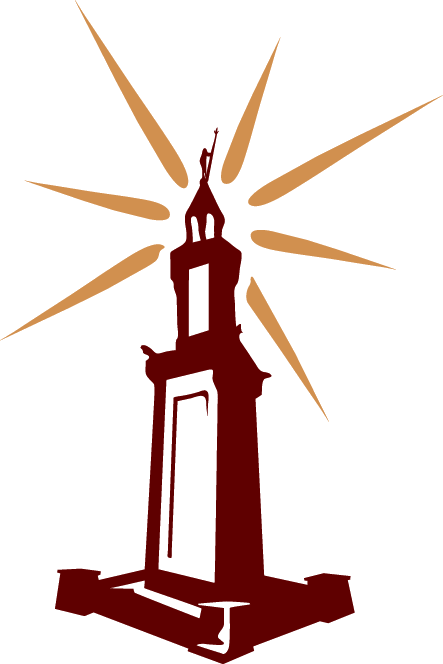Bibliography
Bibliography Alexiou, M. 1974. The Ritual Lament in Greek Tradition. Cambridge. Allen, T. W., ed. 1912. Homeri Opera V (Hymns, Cycle, fragments, etc.). Oxford. ———. 1924. Homer: The Origins and the Transmission. Oxford. Allen, W. S. 1973. Accent and Rhythm. Prosodic Features of Latin and Greek: A Study in Theory and Reconstruction. Cambridge. … Read more
